About the Author
Zachary Herrmann is executive director of the Center for Professional Learning at the University of Pennsylvania Graduate School of Education. Zachary is also a member of the Associated Faculty, and teaches courses on teaching, learning, and leadership. Zachary earned his BS in mathematics from the University of Illinois, and his MA in education from Stanford University. Zachary taught high school mathematics and coached cross country and track. While teaching, Zachary helped form a collaborative network of schools and teachers dedicated to improving teaching practice focused on equitable collaborative learning. Zachary earned his masters in educational administration and leadership from the University of Illinois and his doctorate in education leadership from Harvard University.

Teaching a Future President
Published by Rowman & Littlefield
An imprint of The Rowman & Littlefield Publishing Group, Inc.
4501 Forbes Boulevard, Suite 200, Lanham, Maryland 20706
www.rowman.com
6 Tinworth Street, London SE11 5AL, United Kingdom
Copyright 2020 by Zachary Herrmann
All rights reserved . No part of this book may be reproduced in any form or by any electronic or mechanical means, including information storage and retrieval systems, without written permission from the publisher, except by a reviewer who may quote passages in a review.
British Library Cataloguing in Publication Information Available
Library of Congress Cataloging-in-Publication Data Available
ISBN 978-1-4758-4822-9 (cloth: alk. paper)
ISBN 978-1-4758-4823-6 (pbk.: alk. paper)
ISBN 978-1-4758-4824-3 (electronic)
 The paper used in this publication meets the minimum requirements of American National Standard for Information SciencesPermanence of Paper for Printed Library Materials, ANSI/NISO Z39.481992.
The paper used in this publication meets the minimum requirements of American National Standard for Information SciencesPermanence of Paper for Printed Library Materials, ANSI/NISO Z39.481992.
To my students, and to my teachers, and to all of the individuals who occupy both of those roles.
Preface
I have a beautifully framed letter from NASA hanging on my office wall. The letter is set on the wall closest to my desk; its the easiest thing for me to look at every day.
The letter is a rejection of my application to become an astronaut. Its my second letter of its kind.
I decided to hang the letter on my wall because I tend to have a typical relationship with failure. As it is with many of us, the risk of failing can keep me from trying new and big things. I decided to frame and hang the letter on my office wall to provide a constant reminder to myself to not let the fear of failure keep me from pursuing challenging, even almost impossible, goals. Perhaps, one day, Ill have a third rejection letter from NASA. Well see.
This book is all about the types of educational experiences that can help equip students with the knowledge, skills, and mind-sets to take on almost impossible problems. Empowering students with the capacity to take on almost impossible problems is a worthwhile aim, albeit a challenging one. Indeed, the prospect of equipping someone to take on almost impossible problems seems to be an almost impossible problem in and of itself.
Beyond many other things, it seems like people who are able to take on almost impossible problems have two things in common. The first is an unnatural belief in whats possible. This would seem to make logical sense. In order to take on an almost impossible problem, you need to see opportunity and possibility where others dont or cant. Youre more inclined to focus on the almost part, not the impossible part.
The second characteristic is that these individuals tend to have a special relationship with failure. Taking on challenging and complex work inevitably goes hand in hand with experiencing failure on a regular basis. Its hard to imagine a truly impressive feat that isnt preceded by several truly impressive failures.
Unfortunately, the reality is that many of us, particularly adults, have a very low tolerance for the risk of failure. We simply avoid situations in which we think failure is a real possibility. Consequently, we tend to shy away from engaging with the problems that are the most sticky and stubborn because that is where the chance of failure is the highest, whether those problems exist within our personal relationships, within our jobs, within our communities, or within our societies.
A great problem-solving advantage is given to those who have developed a special relationship with failure. These individuals seem to be less burdened by potential blows to their egos, which opens up more opportunities for them to try difficult things. However, less burdened may fail to give full credit to these individuals. They may in fact be significantly burdened and fearful; they simply dont allow those sentiments to keep them from trying. For many of us with typical relationships with failure, the risk of not being successful can keep us from even taking the first step.
Helping students develop an unnatural belief in whats possible and a special relationship with failure will be necessary if we expect them to be prepared to take on almost impossible problems. This can happen with meticulous effort in how we create learning experiences for our students. However, developing these mind-sets within our students is not enough. Being willing to be rejected from NASA doesnt qualify you to be an astronaut. Its necessary, but its certainly not sufficient. The complexity and challenge inherent in the problems facing us and our world will demand far more from our students.
This book explores the role educators must play in helping define and pursue an ambitious set of goals for our students. Having an ambitious vision for our students is part of what makes our work as educators purposeful and inspiring. But defining an ambitious vision is not enough. We must constantly interrogate the learning experiences that we design and facilitate for our students and determine whether they are powerful enough to help us make progress toward our goals.
Many of us can look at our own life and identify a powerful learning experience that helped shape our knowledge, understanding, values, skill set, or mind-set. For some of us, the learning experience may have been a serendipitous experience outside the confines of formal education. For others, the experience may have been the result of a carefully crafted and skillfully executed experience from an educator. Unfortunately, for many students, these sorts of intentional experiences seem to be the exception and not the rule.
As educators, when we look at the types of experiences we create for our students, many of us can already identify which ones are powerful and which are not. As a high-school math teacher, I know that plenty of the experiences I created for my students failed to live up to the same level of ambition that my espoused goals demanded. Teaching is incredibly difficult. However, I can also point to some examples where I managed to get much closer and began to close the gap between what school was and what it could be.
An illustrative example came during one of the most memorable projects from my teaching experience, which was called The Inflatables Project. During this project, students were given a hundred-foot roll of plastic tablecloth; a few rolls of clear packing tape; a pair of scissors; and a week to design, create, and analyze a giant inflatable structure. Imagine the type of giant inflatable structures that might stand outside a car dealership; these are the types of structures students would design and construct. Students creativity was on full display as they created pyramids, frustums, and prisms.


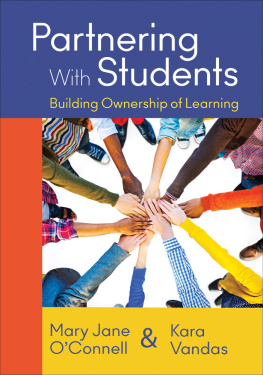
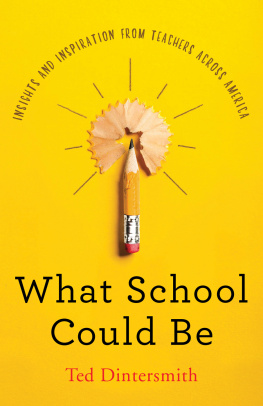
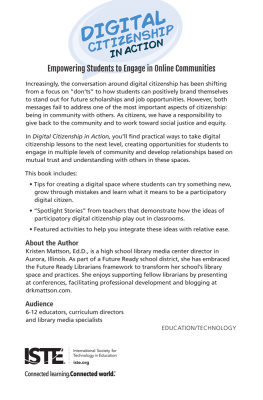
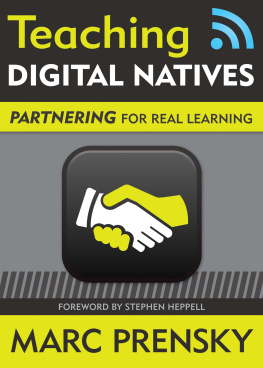

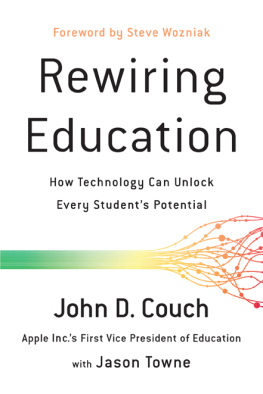

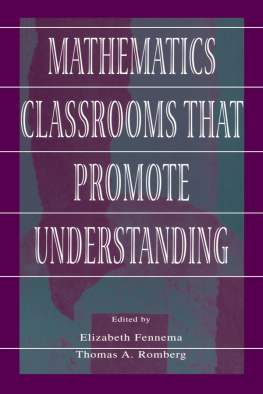

 The paper used in this publication meets the minimum requirements of American National Standard for Information SciencesPermanence of Paper for Printed Library Materials, ANSI/NISO Z39.481992.
The paper used in this publication meets the minimum requirements of American National Standard for Information SciencesPermanence of Paper for Printed Library Materials, ANSI/NISO Z39.481992.